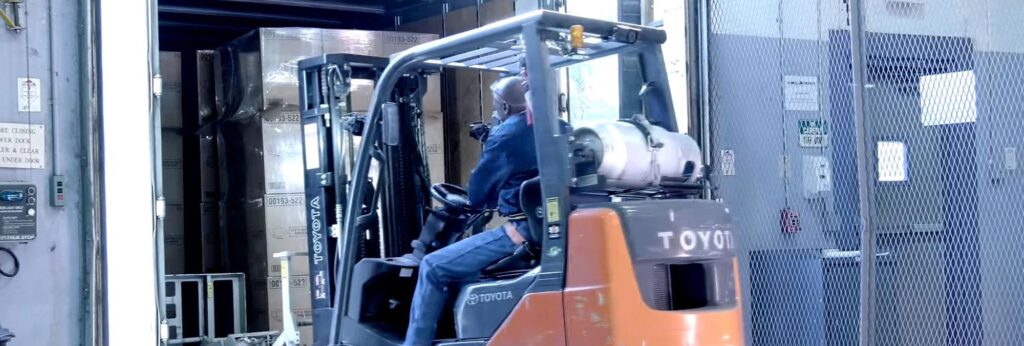Introduction to Sustainable Packaging
Due to growing consumer demand for eco-friendly practices, businesses are increasingly adopting sustainable packaging solutions. These solutions, like restaurant toilet paper Kinston NC, reduce carbon footprints and enhance brand reputation. As sustainable practices become mainstream, businesses realize long-term benefits, including cost savings and improved consumer perception. Companies that incorporate eco-friendly materials into their operations may place themselves at the forefront of a constantly changing industry landscape centered on environmentally responsible practices.
The Importance of Eco-Friendly Materials
Sustainable packaging emphasizes eco-friendly materials such as recycled paper, biodegradable plastics, and compostable components, reducing environmental effects and reliance on non-renewable resources such as petroleum-based polymers. This shift aligns with ecological goals and responds to consumer preferences for greener products. The Environmental Protection Agency states that adopting sustainable materials conserves resources, reduces emissions and waste, enhances businesses’ appeal, and results in market share and public perception benefits.
Innovations in Packaging Design
Due to innovation, sustainable packaging design is gaining momentum. It focuses on minimizing waste, optimizing product safety, and maintaining aesthetic appeal. The trend towards minimalistic packaging is gaining traction, balancing sustainability with visual appeal. These designs also support improved storage efficiency and extended shelf life, making them appealing to eco-conscious consumers. The industry continues to embrace new creative approaches that balance practicality and sustainability.
Cost-Effective Sustainability Strategies
Transitioning to sustainable packaging can be cost-effective. Businesses can analyze their operations and implement strategies like optimizing packaging sizes to reduce waste and material usage. Collaborating with sustainability-focused suppliers, like restaurant paper markets, can provide eco-friendly materials at competitive rates. It allows companies to meet sustainability objectives without compromising budget constraints, enabling the successful integration of green practices into everyday operations.
The Role of Technology in Sustainable Packaging
Technology is a crucial asset in the search for sustainable packaging. Emerging technological solutions are making the packaging process more efficient and eco-friendly. Innovations in automation and AI can streamline operations, reduce waste, and optimize resource use, contributing to a more sustainable industry model.
Moreover, technology-driven recycling systems empower businesses to manage waste and recycle materials effectively. These technological advancements diminish environmental impact and lead to substantial cost savings, reinforcing the economic viability of sustainable practices.
The Future of Packaging: Trends and Predictions
The future of packaging is indelibly intertwined with sustainability. As consumer awareness grows, companies must prioritize eco-friendly solutions to remain competitive. Trends like zero-waste packaging and innovative, connected packaging to track sustainability metrics are gaining popularity, underscoring the industry’s ongoing evolution.
These developments highlight a gradual shift towards comprehensive integration of sustainable practices, offering new challenges and innovation opportunities. Businesses that effectively foresee and adapt to these changes will have a competitive edge in a market that increasingly values environmental responsibility.
Conclusion
Sustainable packaging represents far more than a transient trend—it is quickly becoming the industry’s future. Businesses can significantly enhance their sustainability profile by adopting eco-friendly materials, leveraging innovative design solutions, and harnessing technology. Such efforts not only deliver environmental benefits but also bolster the brand image and increase operational efficiency, securing long-term success.
As more businesses embark on this path, those who remain static risk being left behind in an ever-evolving market. Prioritizing sustainability aligns with consumer expectations and positions companies for enduring success in a world increasingly focused on environmental consciousness.

